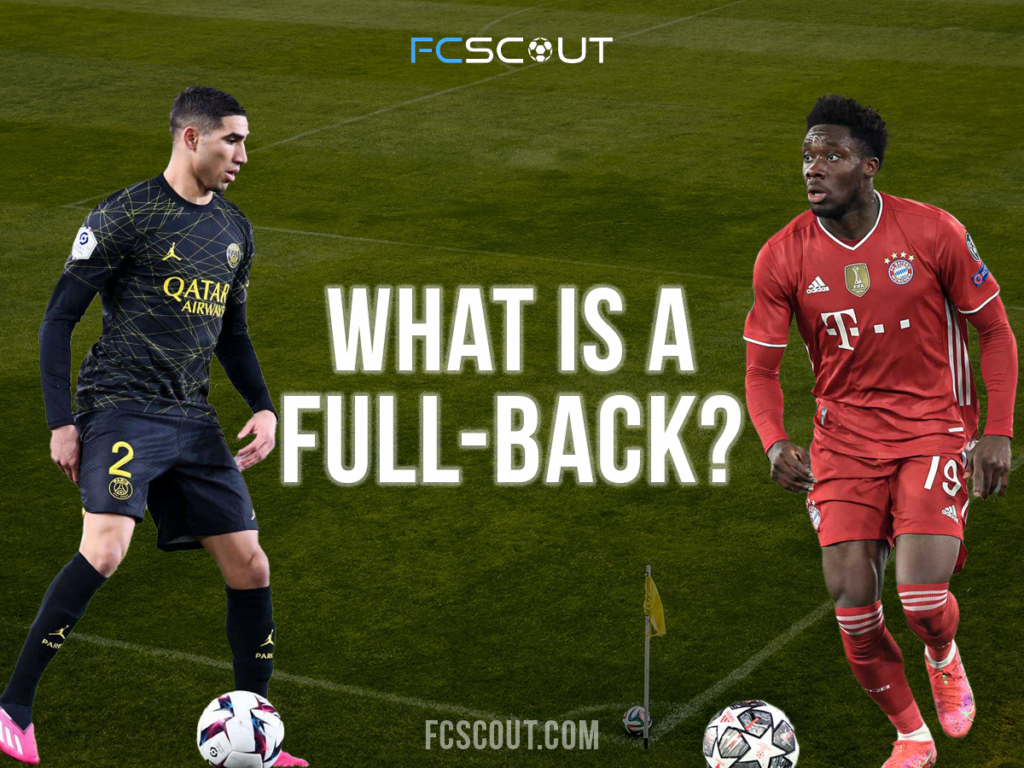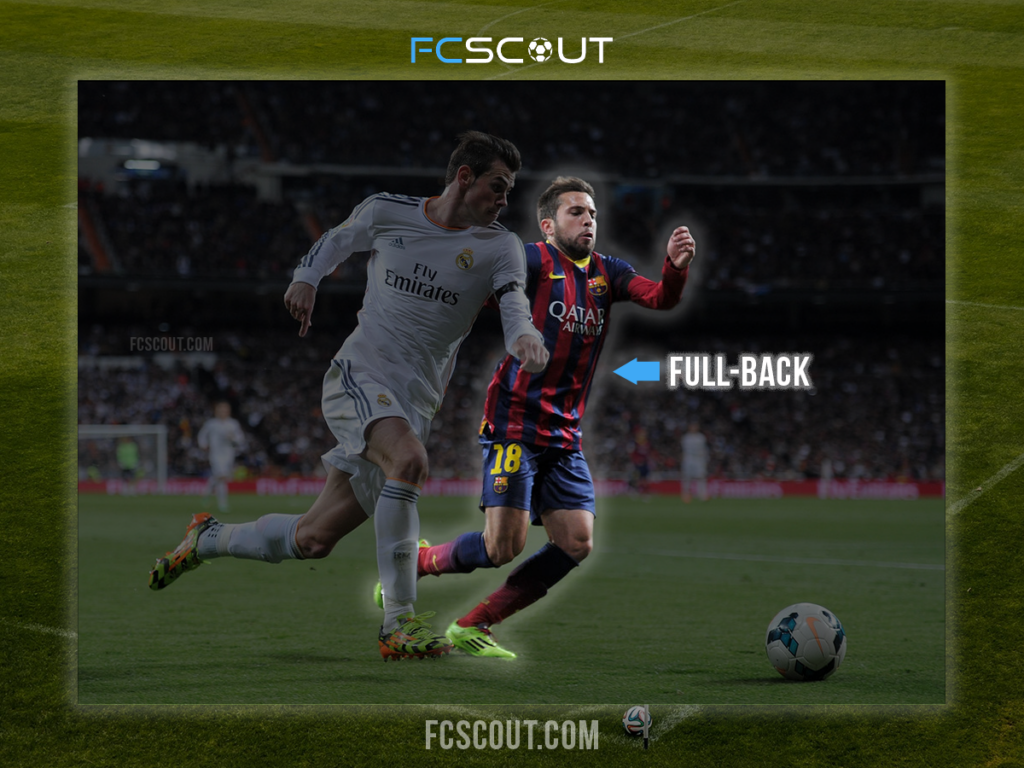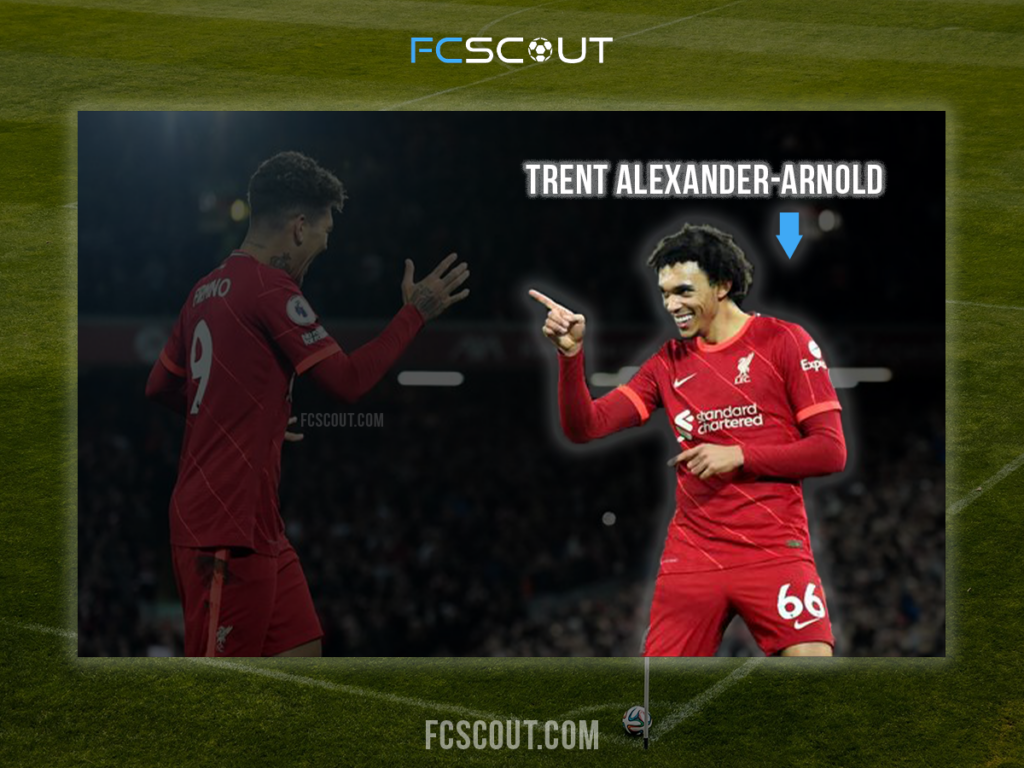What is a Full-Back in Soccer?
Soccer is a sport that requires different positions to work together to achieve success. One of the key positions in soccer is the full-back position. This article by fcscout.com aims to provide a detailed analysis of what a full-back is, their role and responsibilities, and the different types of full-backs in soccer.
Definition of Full-Back Position
The full-back position in soccer refers to the players who defend the flanks of the field, on either side of the center-backs. Full-backs are typically the last line of defense and have a crucial role in stopping the opposition from scoring. Full-backs are positioned between the center-backs and the midfielders and are responsible for providing cover for their team in both defensive and offensive phases of play.

Role and Responsibilities of Full-Backs
The role of a full-back in soccer is multifaceted, and they have several responsibilities both in attack and defense. Below are some of the key responsibilities of full-backs:
- Defensive Responsibilities: Full-backs are responsible for marking the opposition wingers and preventing them from getting behind the defense. They also have to anticipate the opposition’s moves and intercept the ball to break up their attacks. In addition, full-backs must be able to make tackles, win aerial duels, and clear the ball out of danger.
- Offensive Responsibilities: Full-backs also play an important role in the attack. They are responsible for overlapping runs to provide width to the attack and create space for their teammates. Full-backs also have to be able to deliver accurate crosses into the box, which can lead to scoring opportunities. They must have good dribbling skills and the ability to cut inside and take shots on goal.
- Transition: Full-backs must be able to quickly transition from defense to attack and vice versa. They need to be aware of the movements of the opposition and their teammates and make quick decisions to help their team.

Types of Full-Backs in Soccer
In soccer, there are different types of full-backs based on their playing styles and attributes. Below are some of the most common types of full-backs:
- Attacking Full-Back: As the name suggests, attacking full-backs focus more on the offensive aspect of the game. They are good at making overlapping runs and providing crosses to create scoring opportunities. These full-backs typically have good dribbling skills and the ability to take on defenders.
- Defensive Full-Back: Defensive full-backs focus more on their defensive responsibilities. They are good at making tackles, interceptions, and clearances. These full-backs are less involved in the attack and tend to stay back to defend their flank.
- Wing-Back: A wing-back is a hybrid between a full-back and a winger. They are positioned higher up the field and are more involved in the attack. Wing-backs have to be quick and have excellent crossing abilities. They also have to be able to track back and defend when their team loses possession.
- Central Full-Back: Central full-backs play in the center of the defense and are responsible for marking the opposition strikers. They are not as involved in the attack but must have good passing abilities to help their team build up play from the back.
Defending
The primary responsibility of a full-back is to defend their team’s goal. They have to be skilled at intercepting passes and making tackles to prevent the opposition from scoring. A full-back has to be able to anticipate the opposition’s moves and position themselves in a way that allows them to stop attacks from developing.
Additionally, full-backs have to be strong in one-on-one situations with opposing attackers. They need to be able to stand their ground, stay focused, and use their strength and positioning to stop the opponent from getting past them.
Attacking
In modern soccer, full-backs also have an attacking role to play. They are often involved in attacking moves and are expected to contribute to their team’s attacking play. Full-backs have to be able to make overlapping runs, provide crosses into the box, and take shots on goal when the opportunity presents itself.

However, attacking as a full-back requires a good sense of timing and decision-making. They have to be careful not to leave their defensive position vulnerable to counter-attacks from the opposition.
Supporting the Midfield
Full-backs are often required to support the midfielders in their team. They need to be able to make quick passes to their teammates, move up the field to provide options for their teammates, and make overlapping runs to create space for the midfielders to operate.
In addition, full-backs have to be able to cover for their midfielders when they move up the field to attack. This means they need to be able to read the game, anticipate potential attacks from the opposition, and position themselves in a way that allows them to provide defensive cover if needed.
Skills Required to Play as a Full-back
To be successful as a full-back, there are several key skills that a player must possess. These include:
Defensive Skills
Defending is the primary responsibility of a full-back, and as such, they must have excellent defensive skills. This includes the ability to make tackles, block shots, intercept passes, and mark opposing attackers effectively.
Full-backs also need to be strong in one-on-one situations and have good positioning and awareness to anticipate the opposition’s moves.
Technical Skills
Full-backs must also have good technical skills. This includes the ability to control the ball, pass accurately, and make crosses into the box.
In addition, full-backs must have good dribbling skills, as they are often required to carry the ball up the field and create attacking opportunities for their team.
Physical Attributes
Full-backs need to be physically fit and have good endurance, as they are required to cover a lot of ground during a soccer match. They also need to be strong, agile, and have good balance to be able to make quick turns and changes of direction.
Mental Attributes
Finally, full-backs must have good mental attributes. They need to be able to read the game, anticipate potential attacks, and make quick decisions on the field.
Full-backs must also be mentally strong, as they are often targeted by the opposition and can come under pressure during a match. They need to be able to stay focused and maintain their composure in these situations.
Full-Back Soccer Players
- Trent Alexander-Arnold (Liverpool, England)
- Andrew Robertson (Liverpool, Scotland)
- Achraf Hakimi (Paris Saint-Germain, Morocco)
- Kyle Walker (Manchester City, England)
- Ricardo Pereira (Leicester City, Portugal)
- Kieran Tierney (Arsenal, Scotland)
- Benjamin Pavard (Bayern Munich, France)
- João Cancelo (Manchester City, Portugal)
- Alphonso Davies (Bayern Munich, Canada)
- Ferland Mendy (Real Madrid, France)
- César Azpilicueta (Chelsea, Spain)
- Aaron Wan-Bissaka (Manchester United, England)
- Nelson Semedo (Wolves, Portugal)
- Alex Telles (Manchester United, Brazil)
- Theo Hernandez (AC Milan, France)
- Jordi Alba (Barcelona, Spain)
- Lucas Digne (Everton, France)
- Juan Cuadrado (Juventus, Colombia)
- Matt Doherty (Tottenham Hotspur, Ireland)
- Robin Gosens (Atalanta, Germany)
Conclusion
In conclusion, full-backs are an important part of any soccer team. They play a crucial role in both defense and attack and require a unique set of skills to be successful. Full-backs play a crucial role in soccer, and their responsibilities go beyond just defending their flank. They have to be able to transition quickly between defense and attack and have a good understanding of the game.
EXPLORE MORE CLUBS!
Explore more professional clubs by continent.






